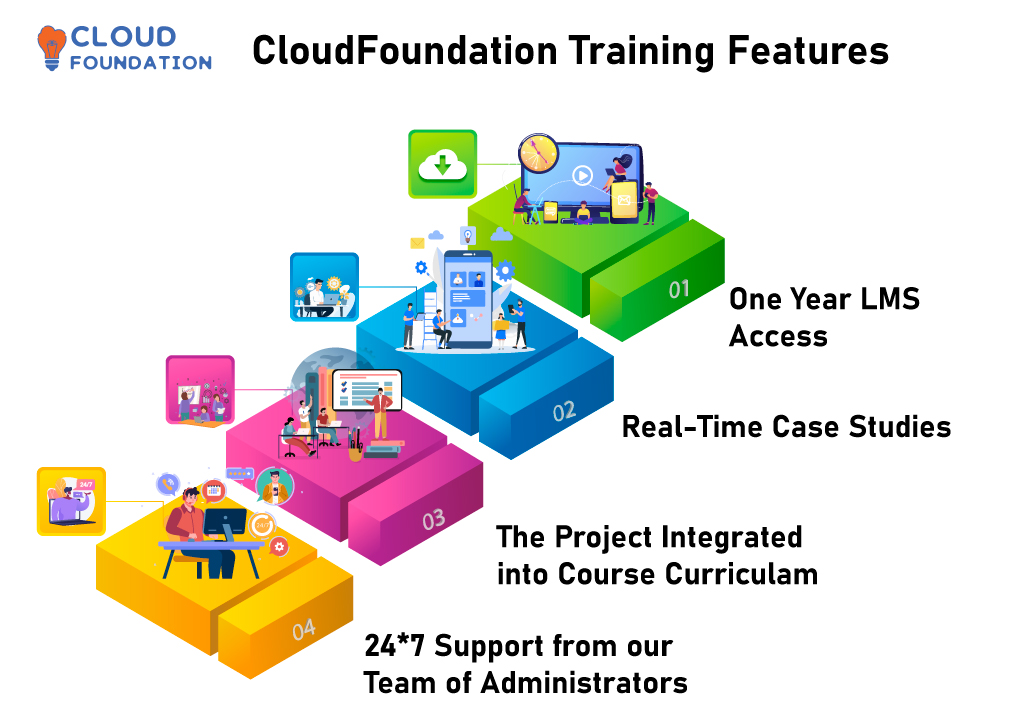1.1 Ensure that a framework for the governance of enterprise IT is established and enables the achievement of enterprise goals and objectives to create stakeholder value, taking into account benefits realization, risk optimization, and resource optimization.
1.2 Identify the requirements and objectives for the framework for the governance of enterprise IT incorporating input from enablers such as principles, policies and frameworks; processes; organizational structures; culture, ethics and behavior; information; services, infrastructure and applications; people, skills and competencies.
1.3 Ensure that the framework for the governance of enterprise IT addresses applicable internal and external requirements (for example, principles, policies and standards, laws, regulations, service capabilities and contracts).
1.4 Ensure that strategic planning processes are incorporated into the framework for the governance of enterprise IT.
1.5 Ensure the incorporation of enterprise architecture (EA) into the framework for the governance ofenterprise IT in order to optimize IT-enabled business solutions.
1.6 Ensure that the framework for the governance of enterprise IT incorporates comprehensive and repeatable processes and activities.
1.7 Ensure that the roles, responsibilities and accountabilities for information systems and IT processes are established.
1.8 Ensure issues related to the framework for the governance of enterprise IT are reviewed, monitored, reported and remediated.
1.9 Ensure that organizational structures are in place to enable effective planning and implementation of IT-enabled business investments.
1.10 Ensure the establishment of a communication channel to reinforce the value of the governance of enterprise IT and transparency of IT costs, benefits and risk throughout the enterprise.
1.11 Ensure that the framework for the governance of enterprise IT is periodically assessed, including the identification of improvement opportunities.
1.1 Knowledge of components of a framework for the governance of enterprise IT
1.2 Knowledge of IT governance industry practices, standards and frameworks
(For example, COBIT, Information Technology Infrastructure Library [ITIL],
International Organization for Standardization [ISO] 20000, ISO 38500)
1.3 Knowledge of business drivers related to IT governance (for example, legal, regulatory and contractual requirements)
1.4 Knowledge of IT governance enablers (for example, principles, policies andframeworks; processes; organizational structures; culture, ethics andbehavior; information; services, infrastructure and applications; people, skills and competencies)
1.5 Knowledge of techniques used to identify IT strategy (for example, SWOT, BCG Matrix)
1.6 Knowledge of components, principles, and concepts related to enterprise architecture (EA)
1.7 Knowledge of Organizational structures and their roles and responsibilities (for example, enterprise investment committee, program management office, IT strategy committee, IT architecture review board, IT risk management committee)
1.8 Knowledge of methods to manage organizational, process and cultural change
1.9 Knowledge of models and methods to establish accountability for information requirements, data and system ownership; and IT processes
1.10 Knowledge of IT governance monitoring processes/mechanisms (for example, balanced scorecard (BSC)
1.11 Knowledge of IT governance reporting processes/mechanisms
1.12 Knowledge of communication and promotion techniques
1.13 Knowledge of assurance methodologies and techniques
1.14 Knowledge of continuous improvement techniques and processes

